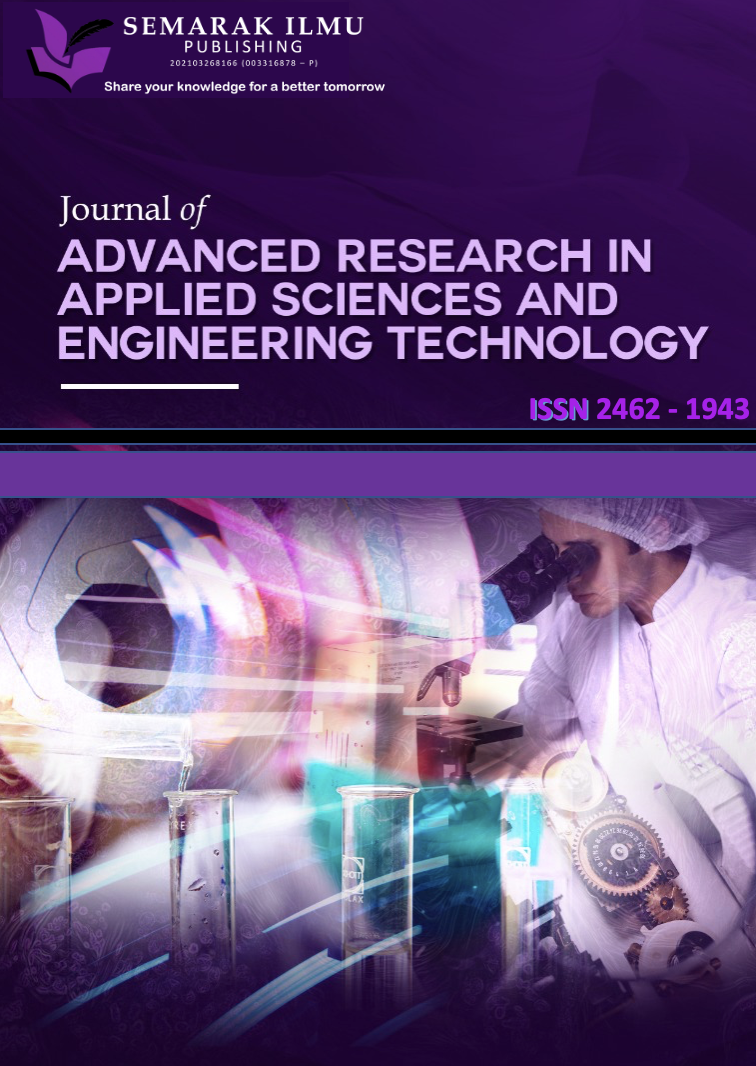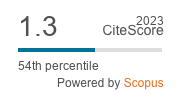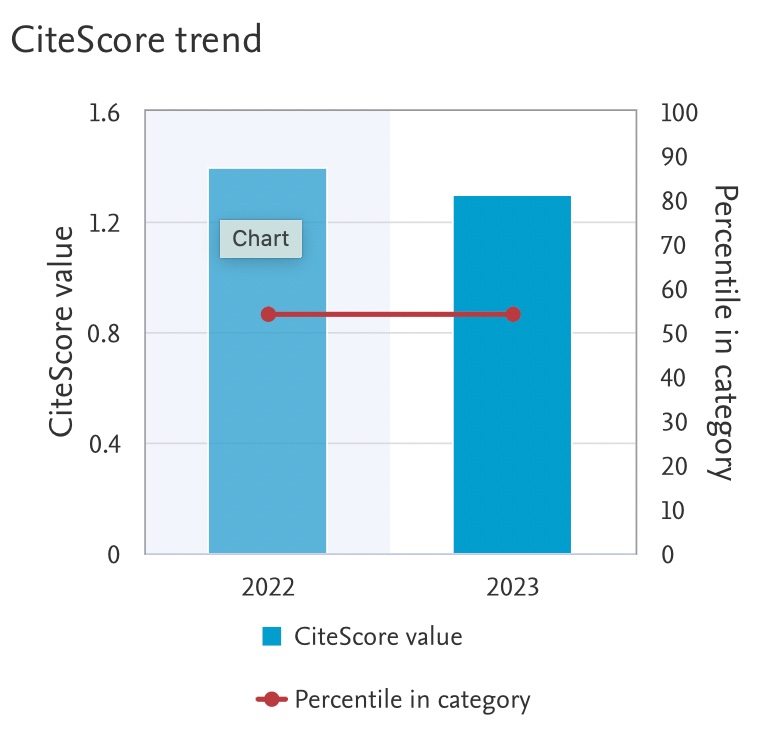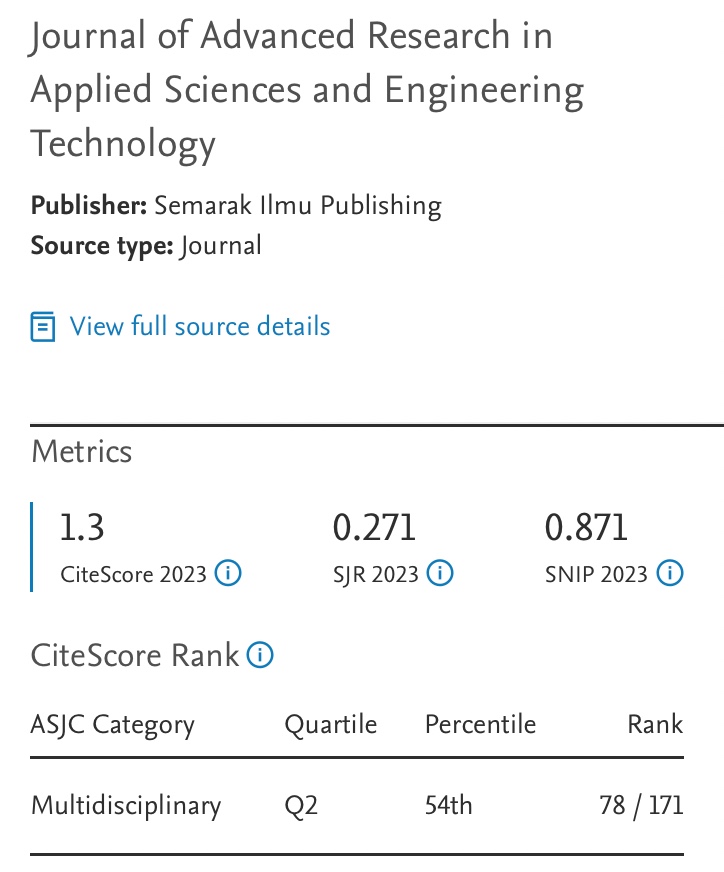Desulfurization and Optimization of High Sulfur Jambi Province Coal by Ultrasonic-Assisted Process using Peroxyacetic Acid (PAA) Treatment
DOI:
https://doi.org/10.37934/araset.48.2.105120Keywords:
Coal desulfurization, peroxyacetic acid, sulfur, ultrasonics, response surface methodologyAbstract
The desulfurization process of high-sulfur coal from Jambi Province, Indonesia was investigated using peroxyacetic acid (PAA) as mild oxidising agent by ultrasonic wave. This study reports the utilization of a mixture of acetic acid and 6% hydrogen peroxide (CH3COOH: H2COOH) under sonication to extract organic sulfur from coal. The ultrasonic shockwave separates sulfur from the coal's macromolecular structure by breaking the chemical connections that hold sulfur to coal. The optimum concentration, temperature, and processing time for the coal desulfurization process were determined using the Central Composite Design-Response Surface Methodology (CCD-RSM) to overcome the traditional methods that make finding the optimal standard difficult and time-consuming. Sonicating coal at 30 ˚C for 30 minutes with 70:30 (CH3COOH: H2COOH) was found to be the ideal parameter. Results shows that all inorganic and some of the organic sulfur could be removed from the coal using mild conditions without severely affecting the coal microstructure as observed in the FESEM-EDX. Through the FTIR analysis, the organic sulfur structural parameters show the relative abundance of aliphatic sulfur (thiol, thiophene and sulfone) and organic matters in these coals decreased after the coal treated by PAA.To clarify its chemical effect, the production regularities of hydroxyl radical under ultrasonic field was determined using the iodine release method. Experimental results also showed that the production rule of hydroxyl radical was consistent with the desulfurization degree. These findings confirmed that the synergistic action of physical and chemical effects of the ultrasonic played an important role in this desulfurization process, which could serve as a reference for further optimizing the coal desulfurization process.




























